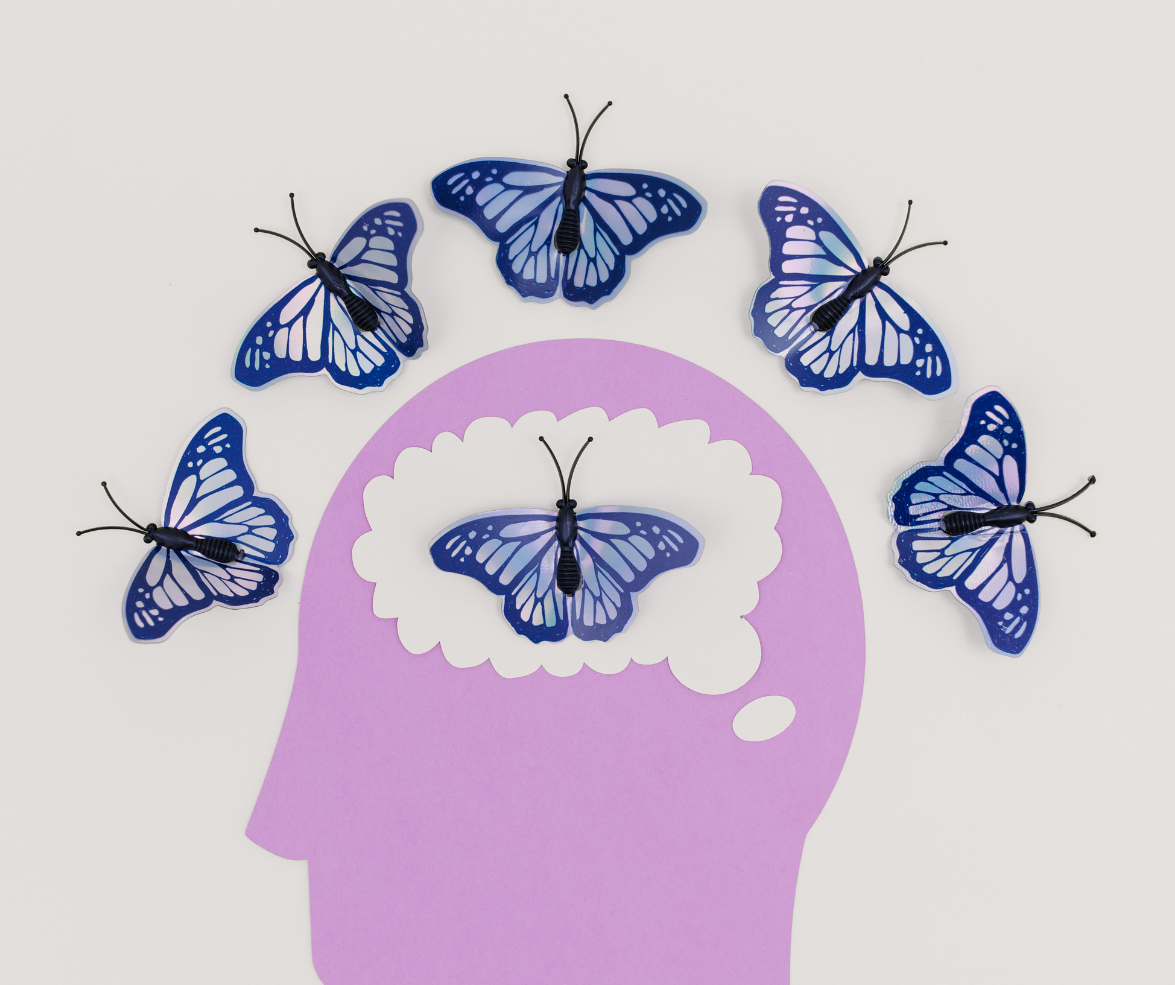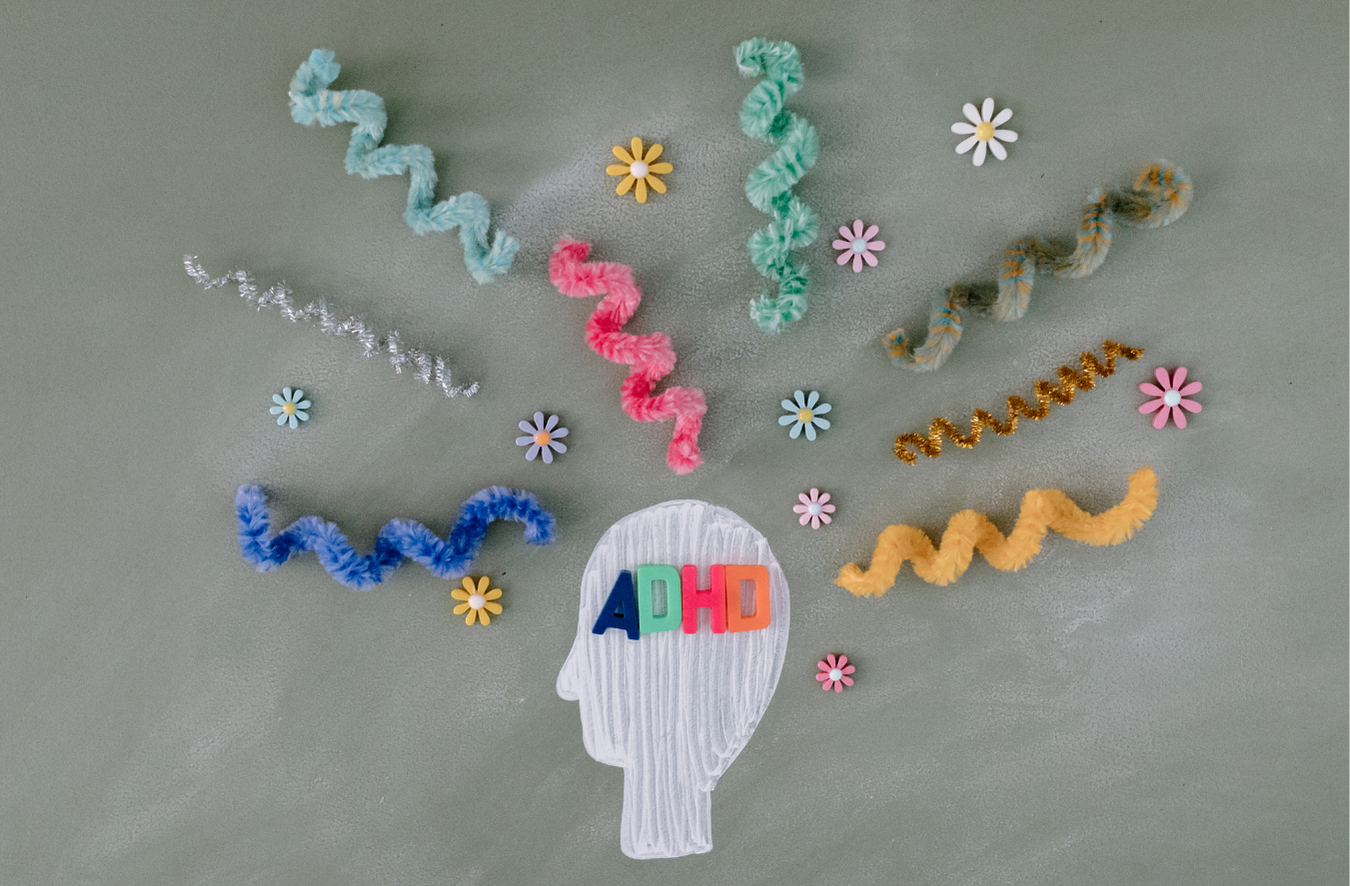“Trendy” Antioxidant Drinks Vs Natural Antioxidants: Which is Better?
You may have noticed more and more beverages touted as having antioxidants hitting store shelves. The multibillion-dollar market continues to grow, so much so that we now see these drinks in convenience stores, supermarkets, fast food restaurants, and even vending machines!
While some of these drinks may be very tasty, are they really good for you? Can you actually boost your immune system and fight off aging and disease with these drinks, or is it just a bunch of hype? That’s what this blog post will explore.
Be Wary of Marketing Ploys
People have become far more focused on health over the past decade, collectively spending billions of dollars on all kinds of supplements and sports and energy drinks. As awareness of the benefits of antioxidants has increased, so has the number of “functional” drinks to hit the market.
Here’s the thing: certain brands are exploiting the same ingredients their beverages have always had. For example, some coffee drinks are now being touted as antioxidant drinks. Well, yes, coffee and tea have always contained antioxidants, there’s nothing new there. But these bottled drinks tend to also contain a lot of sugar – and that’s something you generally want to stay away from.
Similarly, there are some fruit juice companies that are now highlighting the fact that their beverages are loaded with antioxidants. Well, yes, many fruits contain vitamin C, always have. Again, these fruit juices, though they offer health benefits, are also loaded with sugar. Yes, it’s naturally occurring sugar, but it will still spike your blood sugar levels and insulin response.
What’s happening in the functional beverage industry right now is what has been going on with breakfast cereals for many years. Whole grains became popular and trendy, and suddenly every cereal touted that it contained “100% whole grains” or “the first ingredient is whole grains.” Unless you turn the package over and read the ingredients list, you don’t notice that the SECOND ingredient is usually high fructose corn syrup.
The moral of the story is, just because the label makes you believe the drink is healthy, doesn’t make it so. If it contains a lot of added sugar, stay away from it.
Understand the Science of Antioxidants
It’s easy to think of an antioxidant as a simple “ingredient” of a food or beverage. But the truth is, antioxidants are complex chemical compounds, and they act differently in different situations. For example, the vitamin C in an infused water won’t have the same activity or health benefits as the vitamin C found in whole beets or even beet juice.
The Bottom Line
As a dietician, I always recommend that my clients get their nutrients, including antioxidants, from whole food sources instead of relying on trendy functional beverages or fad supplements. While it’s fine to enjoy these drinks one in a while, you’re better off eating plenty of organic fruits and veggies.
SOURCES:











